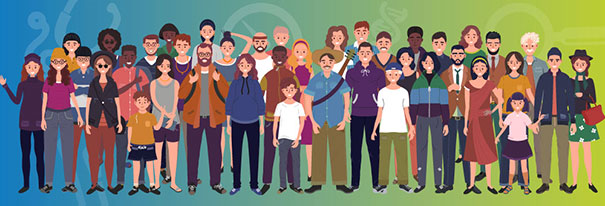Research has shown that non-Hispanic Black and Hispanic patients who have AML (ACUTE MYELOID LEUKEMIA) have a higher risk of dying than non-Hispanic white patients even though they are diagnosed at younger ages and generally have more favorable genetic factors. But why? A study of more than 800 adult patients conducted at six cancer centers in the Chicago metropolitan in the 2010s revealed that almost all the disparities between the racial/ethnic populations can be attributed to structural racism.
Factors studied include:
- Structural racism (using census tract disadvantage data*)
- Cancer biology risk (risk score of cancer)
- Health care access using insurance and clinical trial enrollment data
- Comorbidities (health concerns other than cancer)
- Treatment provided
- ICU admission during chemotherapy
Tumor biology accounted for 9% of the non-Hispanic Black versus non-Hispanic white disparity, and 0% of the Hispanic versus non-Hispanic white disparity.
Structural racism, on the other hand, accounted for 93% of the non-Hispanic Black versus non-Hispanic white disparity, and 100% of the Hispanic versus non-Hispanic white disparity. Structural racism, in other words, is a stronger predictor of survival disparities than cancer biology risk, comorbidities, health care access or treatment.
This was the first study to formally examine these categories as possible explanations for differences in AML survival among the populations studied. While census-tract data is not a perfect measure of structural racism, it does allow a novel way to examine structural racism as a factor contributing to leukemia outcome inequities.
The next steps include studying ways to measure structural racism and its contribution to predictive tools. As a result of this study’s results, Be The Match is working with its partners to develop interventions to address these barriers. Removing obstacles to optimal leukemia care for ethnically diverse patients must be a priority for everyone involved, including community partners, physicians, legislators. Your ZIP code shouldn’t determine whether or not you survive cancer.
*Aspects of census tract disadvantages included are proportion of families with incomes below the poverty line, receiving public assistance, unemployed and female-headed households with children.
Learn more by reviewing a comprehensive analysis and description of the study.

